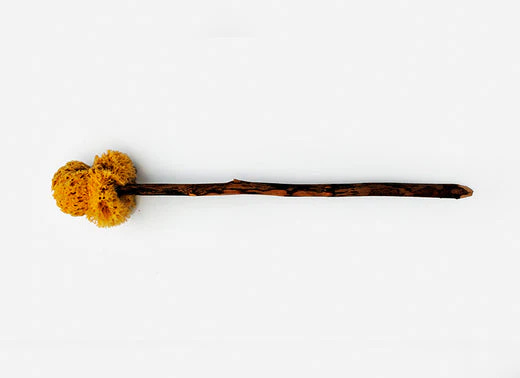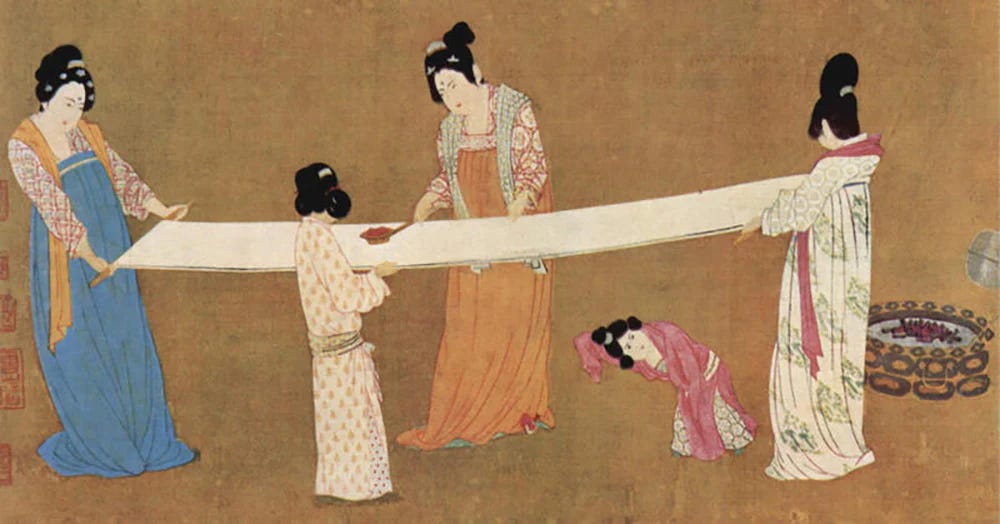Our ancestors cleaned up with a variety of organic materials, ceramic, moss, other soft or dry plants, wooden sticks, sponges, and fabrics. Take a look at these historical wipes:
Ceramic piece used in ancient Greece:
Sponge and stick used in ancient Rome:

The Viking and Anglo-Saxon used moss:
Unsurprisingly, the Chinese were the first to use paper to wipe. Even at a large scale, and very early on. By the 14th century, they were rolling and rolling up paper wipes.

These are but a few examples throughout history. The modern version of our soft toilet paper was only developed in the US in the early 1990s with the rise of industrialization — it’s a somewhat recent invention.
The comfort of industrialized toilet paper is underrated. It’s unknown to most of us how much it takes to supply all our glorious toilet paper — tons!
It requires lots of machinery, water, energy, and trees… It’s pretty impressive. Here’s a video of how industrial toilet paper is made.
Millions of trees are cut down annually to meet the demand for toilet paper, with the US requiring approximately 31.1 million trees each year. That’s a lot of life… but who would dare give up toilet paper?







